Imagine you are at the supermarket and you are trying to select a bottle of wine for the dinner party that’s taking place in a few hours’ time.
There are so many different types of wines to choose from and you are not sure of which one to pick. How do you go about selecting a good bottle of wine – that doesn’t taste like vinegar?
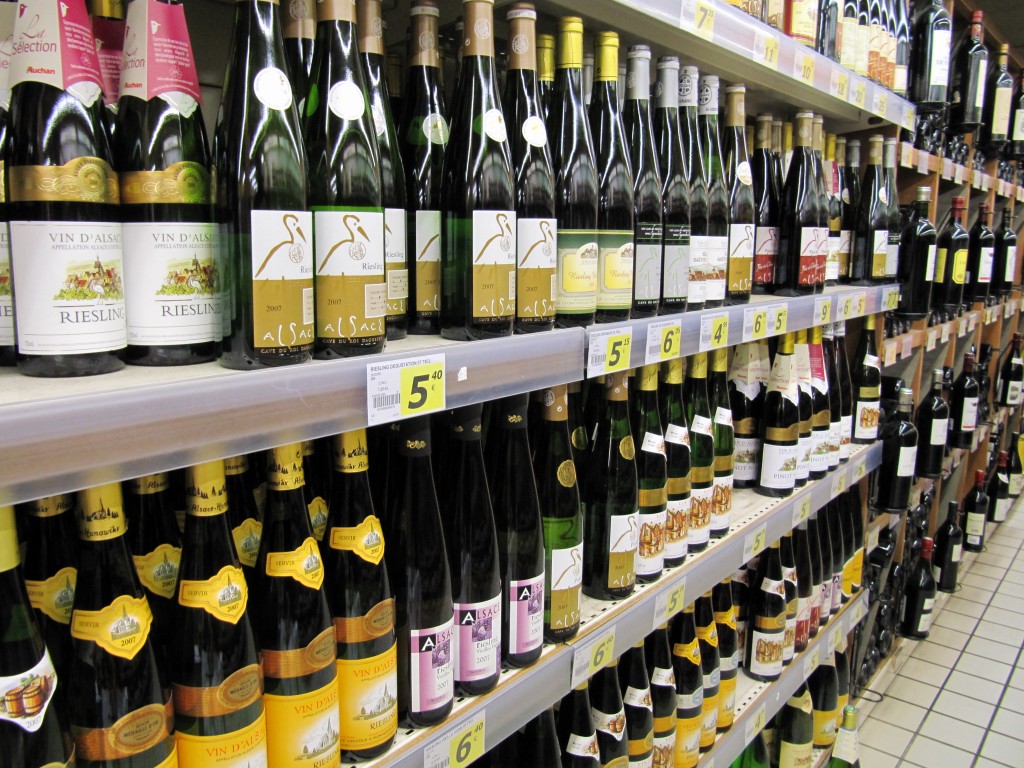
How do you decide what wines to choose at a supermarket?
Photo by: commons.wikimedia.org
Look for wines that are well-rated within your price bracket
Said Emil Teo, Executive Director, Taste of Tradition – an importer and distributor of fine wines around the world, “When you go to the supermarket, it is quite common to be baffled by the selection. I can’t tell you exactly what to choose, but look out for those wines that are well-rated within your price bracket.”
He added, “That means you have to do research on Google, on what wines are good value for money, especially if you are buying more than simple white or red wine.”
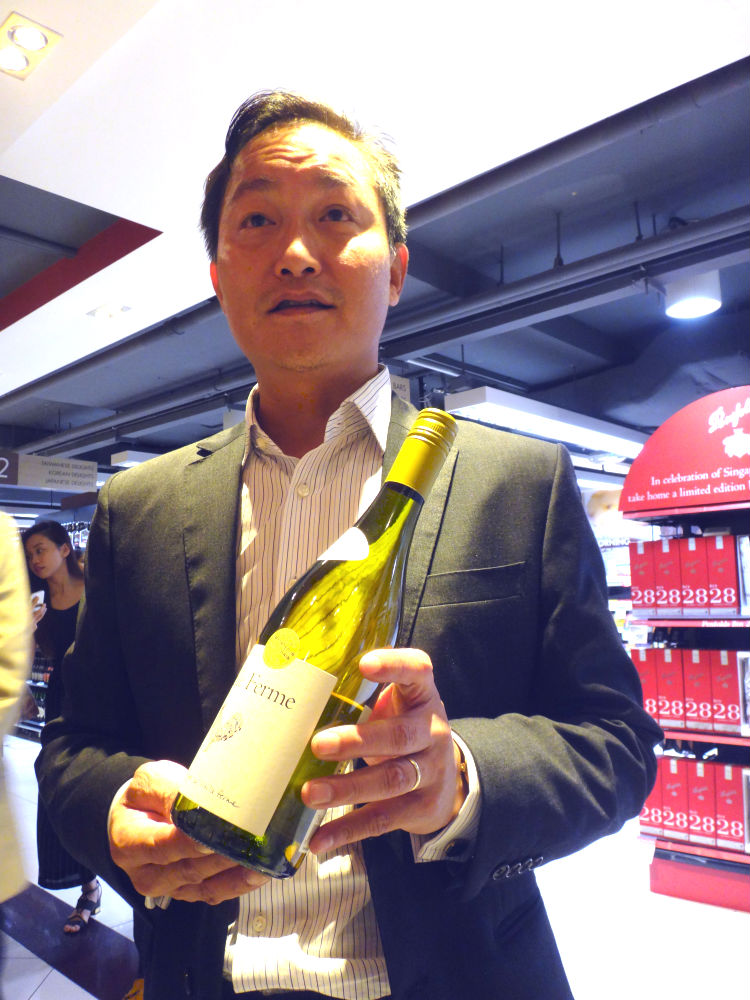
Emil Teo, Executive Director of Taste of Tradition, giving wine tips
So this means that a search online, even one using your smartphone, will help you to come to a more informed decision. This would be finding out not only if the wine is good value for money, but also where the wine came from. As well, what grapes are used to make it, and what foods it can be paired together with, are also criteria that you can find out and consider.
Food and wine pairings
On food and wine pairings though, Teo added that Taste of Tradition does not really teach this themselves. Said Teo, “Food pairings is something that we do not usually do.”
He then continued to explain that this is because different people have different palettes – and what may suit one person, may not go down well with another person’s taste buds. Teo added, “But flexible white or red wines can match many types of foods though.”
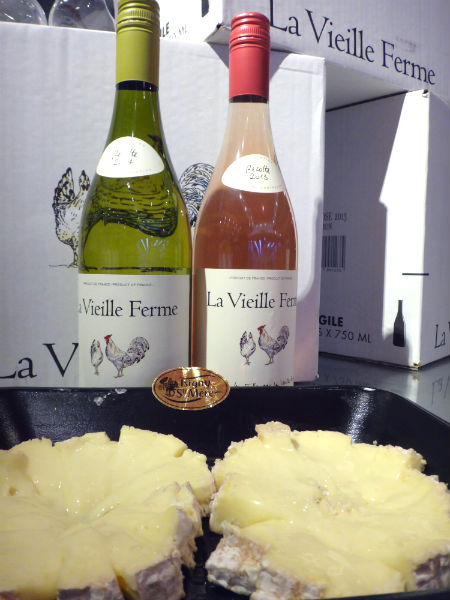
Taste of Tradition doesn’t typically do food and wine pairings.
He also explained that the last thing you should do, is to buy wines purely based on price, especially if you are completely unfamiliar with the brand. Most likely, this type of strategy can possibly leave you totally embarrassed and red-faced.
Look out for suggestions by renown wine critics
You should try and look out for renown wine critics, such as Robert Parker, Antonio Galloni, Wine Spectator and Burghound, who sometimes review wines with great value – and see what they are saying about the wine that you may be about to buy, before parting with your hard-earned money.
But if you are looking for a wine with a specific type of flavour though, Teo added that supermarkets such as Cold Storage will have tags beside each wine, that lists the type of favours and descriptions, as well as short tasting notes of the various wines – so that you can have a fair idea of what you are purchasing.
Tips given at a media session by Taste of Tradition
Teo had taught us these tips at a media session put together by Taste of Tradition. It was held at the Cold Storage outlet in Plaza Singapura. Besides getting tips on how to shop for and choose wines, we also had the opportunity to taste wines from the French winery La Vieille Ferme.
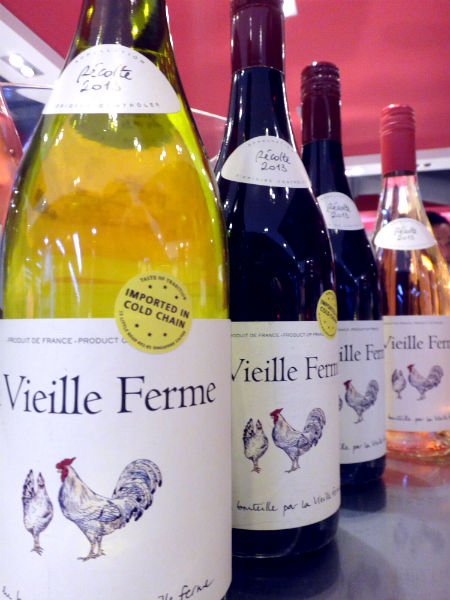
Tips were given at a tasting session of wines by French winery La Vieille Ferme.
Said Teo, “La Vieille Ferme is one of our main products – it used to be available only at restaurants, but has recently now become available at supermarkets. It is one of the better rated wines in its price bracket.”
And there is a common perception that wines of good quality and taste, which tend to be expensive, are only to be found at premium establishments and restaurants. But this is not always true.
Corks versus screw caps
Upon seeing the wine bottles, one interesting thing that I noticed about the La Vieille Ferme wines too, are that they do not use a cork. Instead, they use screw caps.
Said Teo, “There is a strong traditional element to corked wine. I have spoken to many top wineries and they don’t consider screw caps. But personally I find screw caps convenient. For ageing the wine, a cork is better, but then again, it also depends on the type of the wine.”
Trying the wines
We tried three different types of La Vieille Ferme wines – red wine, white wine and Rose wine.
After tasting these, I do feel that for their price (SGD38.80 at Cold Storage), they are amongst the better wines found in a supermarket.
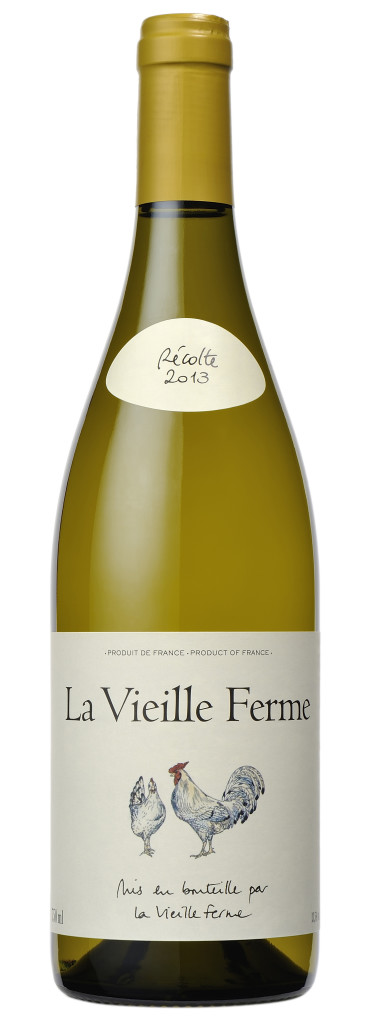
White Wine
Credit: Taste of Tradition.
The white wine (La Vieille Ferme Blanc – 2014), a bright yellow wine with hints of green, gives a whiff of green fruit wheat and hazelnut aroma. In the mouth, it gives a soft, delicate and aromatic feel. Some white wines I have tried in the past, are quite coarse on the palette – so in this sense, I quite liked this one. It would be good served with a starter, or with a cold buffet.
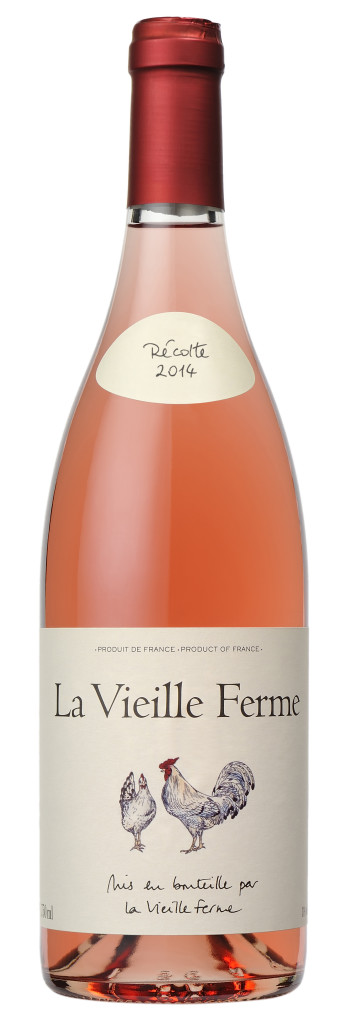
Rose Wine.
Photo by: Taste of Tradition.
A pale pink wine, the La Vieille Ferme Luberon Rose 2013 has an aroma that would remind me of perfume fragrance from rose petals and citrus fruits. Flavour-wise, the grapefruit aromas and fresh fruit resulted in a very intense and balanced wine that is not too hard on the palette. Overall this is a rather pleasant wine, and good to indulge in, with cold buffets, tomato salads, grilled meat and other similar food, in the warm season.
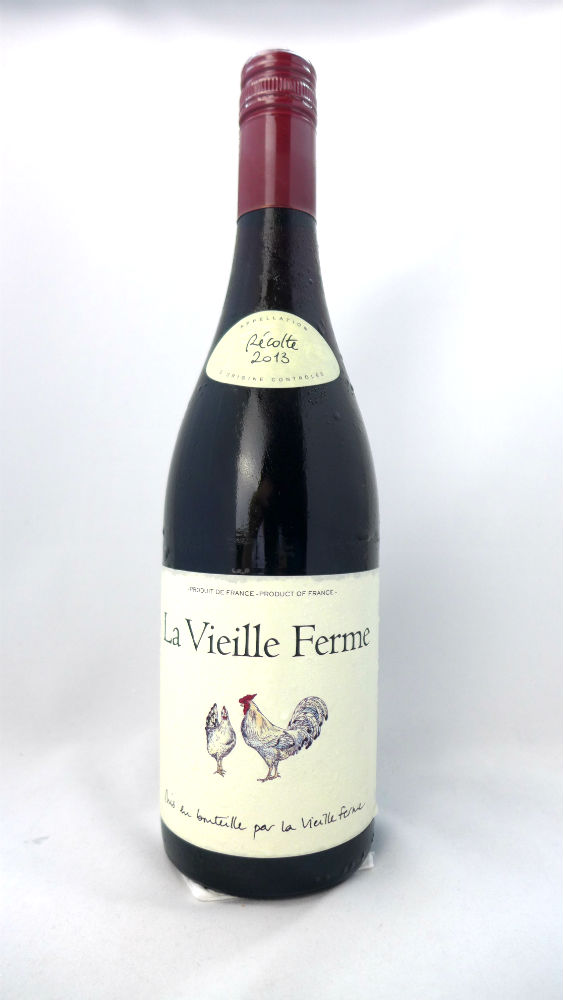
Red Wine.
The red wine (La Vieille Ferme Rouge 2013) bears a deep cherry red colour. On gingerly sniffing the wine, a rich and spicy ripe fruit aroma can be detected. On the palette, there was an immediate blackcurrant and blackberry flavour, together with a hint of spice and a fresh finish. Out of the three wines, the fruity flavours of this one had resonated with me the most. This was because this wine was slightly sweet but not overpoweringly so.
We were also given several types of cheese to pair together with the wines. I tried the Brie cheese, but the wine and cheese flavours didn’t quite seem to quite blend together as well as I would have liked. But I guess everyone has different taste buds.
Storing and serving wines
Teo added that there are some tips to follow when storing and serving wines. For example you should keep wine cool.
Explained Teo, “Never leave wine out in the sun. After buying it, keep it cool. If you have a wine fridge that is ideal but if you do not, keep it as cool as you can. But if you are going to drink the wine though, you should bring it to serving temperature.” This would be equivalent to room temperature in temperate climates, of around 20 to 22 degrees C.
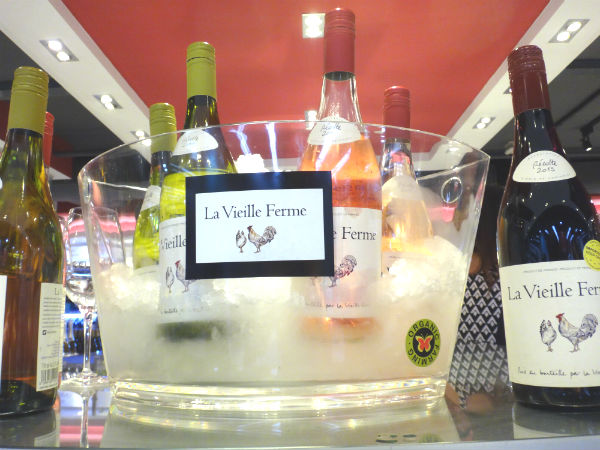
There is a specific way for storing and serving wines.
While 4 deg C (fridge temperature) is too cold to serve some wines, it is a great temperature to store open wines, though. And when pouring out wine, according to Teo, you should never pour out more than the height of the widest part of a wine glass. This is so that the empty bit of the glass can collect the aroma of the wine. This would be approximately half of the glass and the reason for doing so is to let the aromas collect in the glass and allow the drinker to nose it.
But it makes no difference to the wine – on how you hold the bottle when pouring it out, though. Explained Teo, “Whether you pour a wine out by holding the neck of the bottle versus holding the bottle from the base, it doesn’t make any difference to the wine’s taste. But it just looks nicer holding the base of the wine bottle, especially at an event such as a dinner function – as you won’t look like you are strangling a chicken’s neck!”
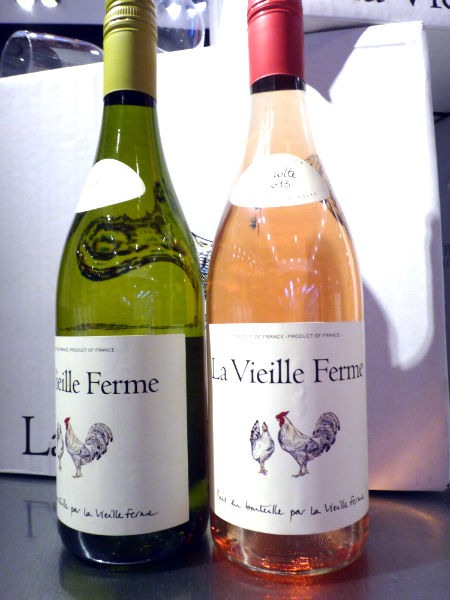
There is no difference in how you pour out the wines
And if you want to keep a bottle of open wine, stopper it to prevent more oxygen from being introduced to the bottle. Also stand the bottle upright too, to reduce surface of wine from being in contact with the air in the bottle – to reduce the speed of oxidation.

Leave a Comment